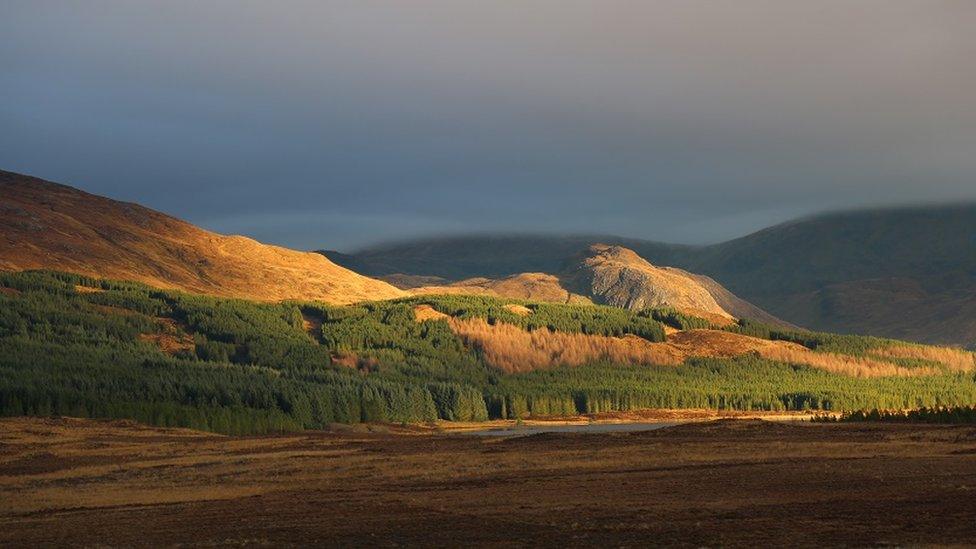The search for Scotland's lost ice age pine woods
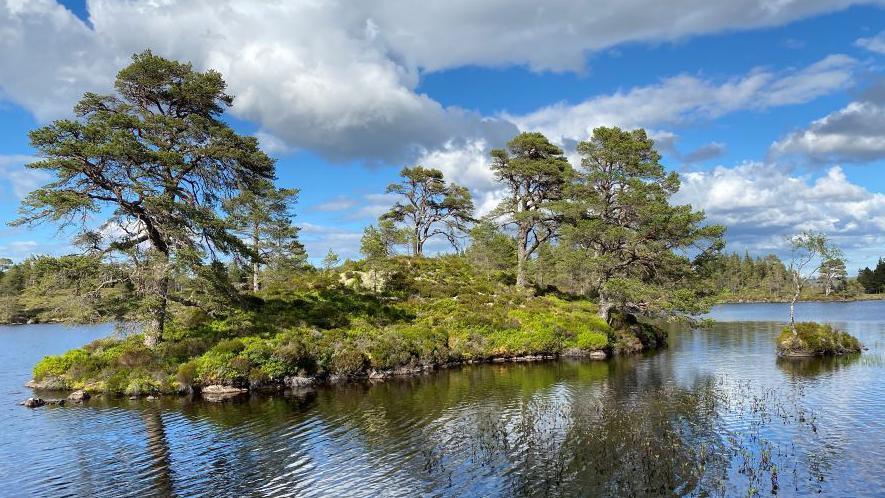
- Published
A new project is seeking out the locations of 'lost' last stands of Scotland's ancient native pine woods.
Fragments of the once vast Caledonian forest are dotted across parts of Argyll, Highlands and Aberdeenshire.
Some of the Scots pines are descendants of trees that appeared at the end of the last ice age in Scotland about 11,000 years ago.
Trees for Life and Woodland Trust Scotland hopes the areas of trees they find could be saved and the woodlands restored.
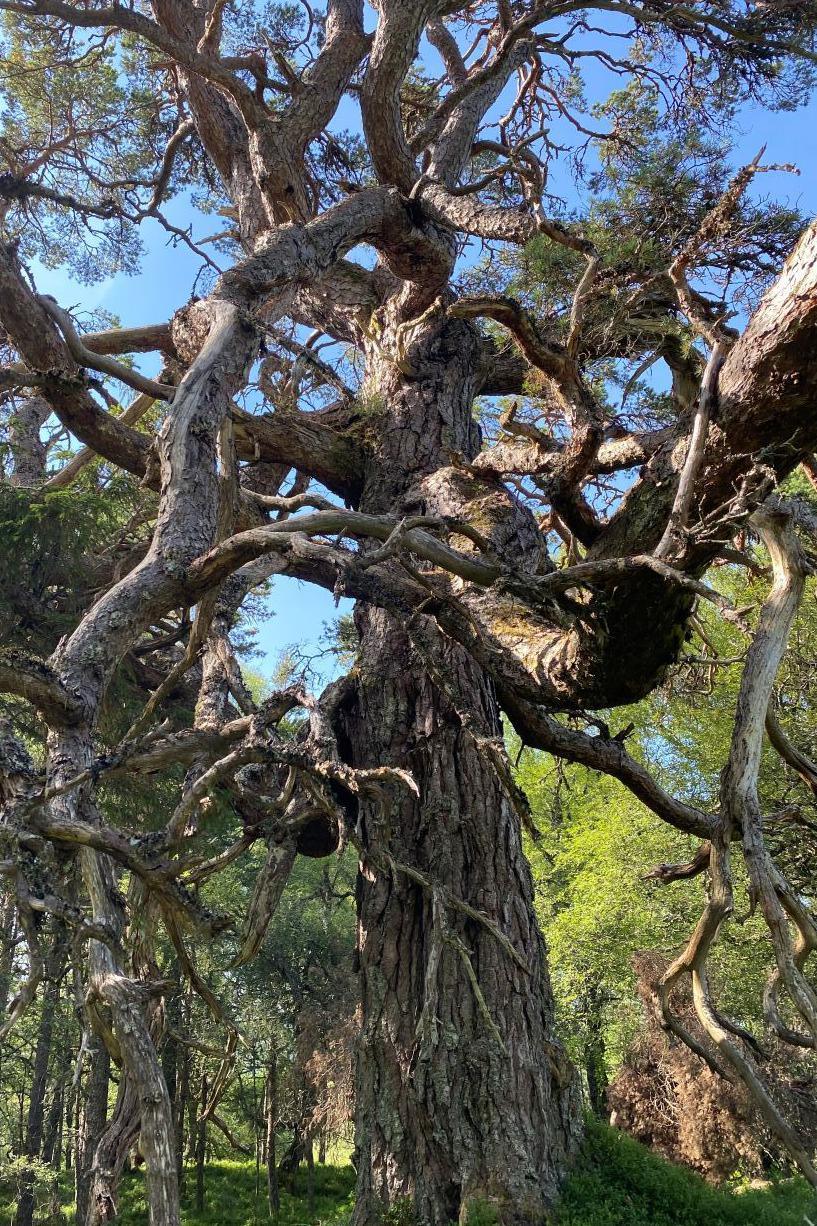
Scots pine once formed a vast forest over much of Scotland 5,000 years ago
Competition for habitat from non-native tree species and overgrazing by deer and other animals are among today's threats to Scotland's native trees.
The two charities said less than 2% of Caledonian forest survived, and 25-year-old records suggested there were about 80 places where the woodland existed.
But the conservationists said older documents - including maps from the 1500s - along with anecdotal reports pointed to the possibility of areas where there could be fragments of "forgotten" ancient woodland.
Trees for Life and Woodland Trust Scotland have created the Wild Pine Project to seek out and protect these areas.
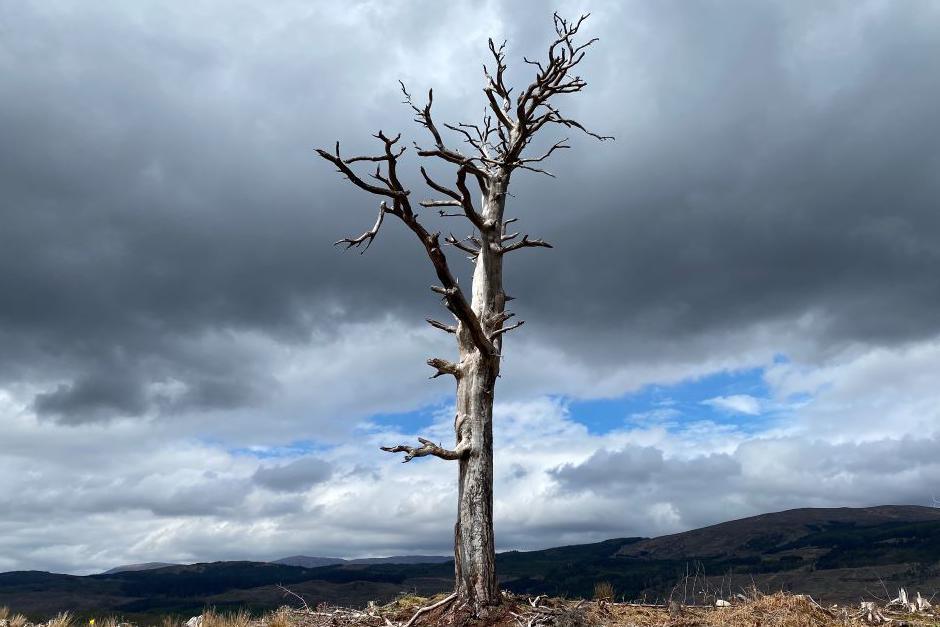
A dead wild Scots pine in an area of harvested commercial forestry
Gaelic clues
Gaelic place-names offer clues to where the woodland could potentially be found.
Trees for Life said the Gaelic word for pine is ‘giuthas’, and the word could be found in the English language names for Kingussie and Dalguise.
The charity said historical Gaelic records could also provide key information.
One example of this is a description of Glenmoriston, where some fragments of Caledonian forest survives, as "the gentle Glenmoriston, where the dogs don’t eat the candles".
The reference relates to resin from Scots pine trees resin being used for making candles in preference to using animal fat.

An area of surviving Caledonian pinewood in the Highlands
The project has started its search in the western Highlands.
Wild Pine Project officer Jane Sayers said: “Lost pinewoods are at particular risk because they are unrecognised and undocumented.
"We want to find them, assess their condition, and revive them before they are lost forever.
“Finding these pinewoods requires a lot of detective work.
"They are often small and remote, hidden in ravines safe from deer."
She added: "Pines, or their remains, are often found scattered among birchwood too.”
Granny pines
The Caledonian Forest covered huge swathes of Scotland, and even reached the Western Isles and Shetland 5,000 years ago.
A change to a cooler and wetter climate, along with human activity, led to a decline in the forest's coverage.
By the 1900s about 5% of Scotland's land area had woodland, according to Scottish government agency NatureScot.
Scots pines can live for at least 500 years.
Trees more than 300 years old are known as "granny pines", and often have lots of dead wood that provides habitat for rare insects.
- Published24 March 2023

- Published2 February 2023
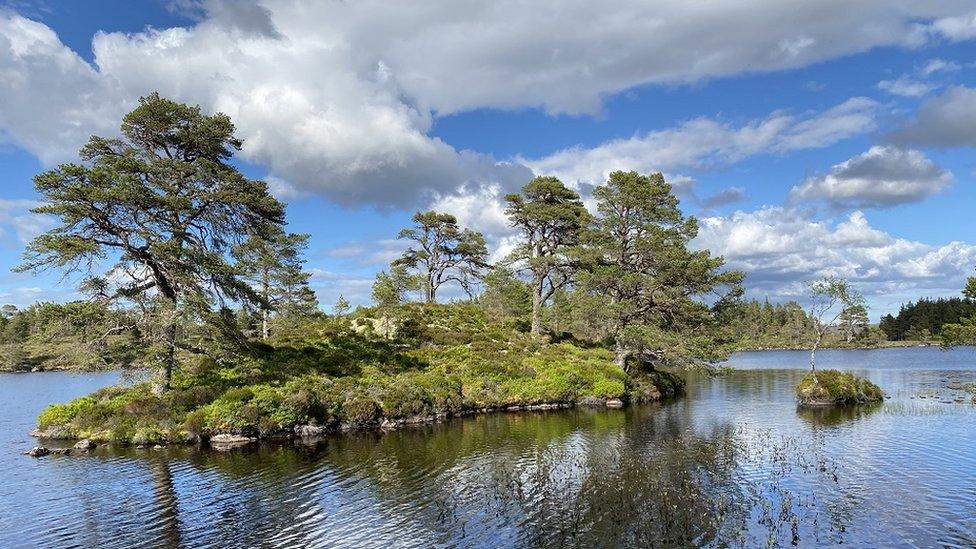
- Published21 July 2022
